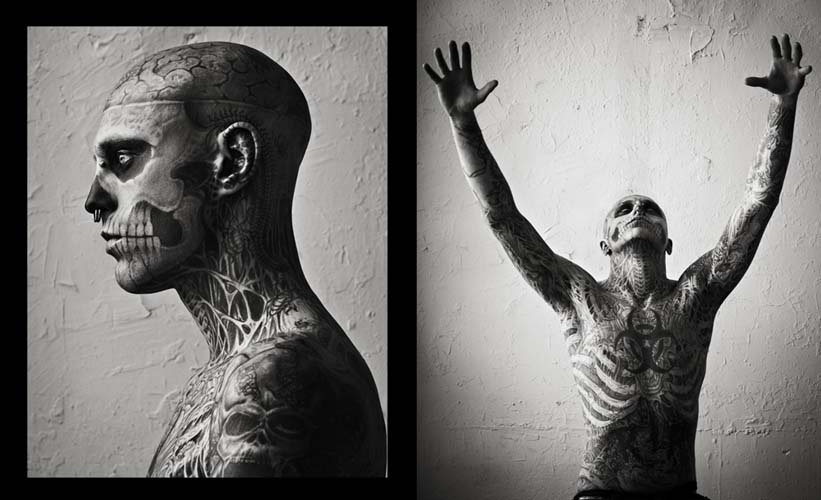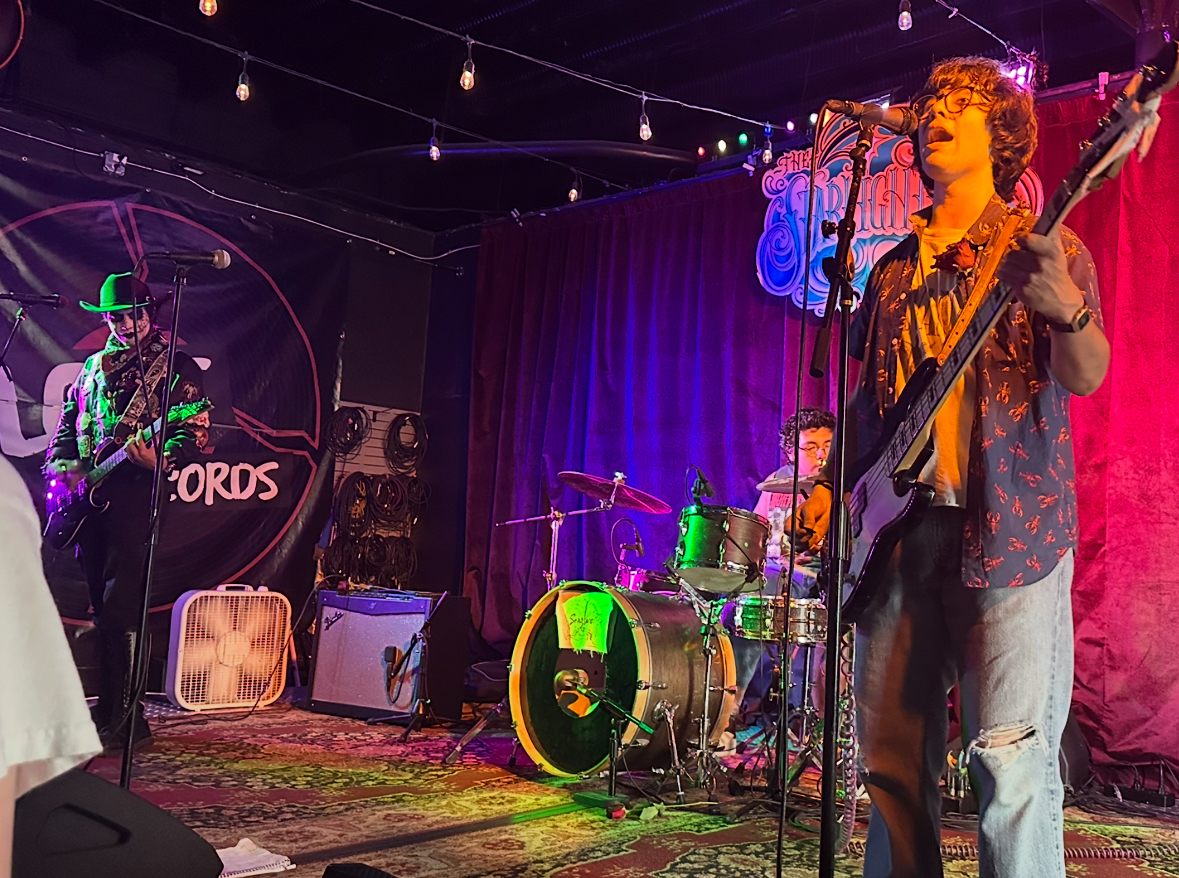Xenophobia: an unreasonable fear of foreigners or strangers or of that which is foreign or strange. It is a fear that rules all the goings-on in our world, from foreign policy to domestic relationships. It understandably stems from the instinctual belief that that which is different is dangerous, but in our everchanging society, we must learn to adapt to those things which are, well, “strange”.

A history in the making:
Tattoos and body inking have long been stigmatized as accessories only for the scandalously classless. Parents, teachers, and other members of older generations often advise against “that nasty stuff”, claiming it disrespects the body and can ruin your reputation. This idea, for most, of course, has biblical roots: “Ye shall not print or tattoo any marks upon you” (Leviticus 19:28), and often comes from the connection between “barbaric peoples” (basically the non-Christian, non-“civilized”) and their pagan body art. It may suprise you to know, however, that tattooing predates even the publication of the bible and has a history almost as old as humanity’s.
Archeological findings suggest that as far back as 10,000 BC, humans have been inking their skin using primitive equipment and natural dyes. The trend continued, as various cultures developed their own individual practices: Ancient Egyptians decorated their skin with beautiful designs, Pacific Islanders used tattoos as a form of rank and accomplishments, Germanic and Celtic tribes were often heavily tattooed with runes signifying glory in battle or offering protection from the gods, tribal Middle Easterners used burnt ash as dyes to commemorate their dead; the historical uses go on and on.
Some cultures, namely the Romans and Greeks, are documented to have used body inking as punishments, marking criminals and slaves. However, the prejudicial idea that tattoos are only for criminals, lower class citizens, or barbarians, whether from this or the more-likely Christian ideology, has grown outdated.

Tattoos and the Navy:
In 1768, a ship, captained by James Cook, encountered the Oceanic tattooing of Pacific Islanders. From then on, sailors grabbed hold of the fascinating practice, designing all manner of motifs, each with their own specific meanings: anchors (like Pop-eye’s) represent safe voyages and stability, turtles mean the sailor has crossed the equator, and swallows symbolize returning safely to land. Tattooing provided a pastime for sailors, an uplifting hope, and a unifying force across the nautical seas; by the 19th century, 90% of all U.S. Navy sailors had tattoos.

A modern culture arises:
Today, almost one in four Americans, aged 18-50, is tattooed. For those wishing to cling to the “undefiled” past, those are startling numbers.
“In most cases, it’s been my experience that tattoos are placed on bodies as a form fitting in and nothing more,” said Mr. Steve Davidson. “If one is going to brand oneself, it needs to be for a significant reason, not because on a drunken whim it seemed the appropriate thing to do.”
However, the idea isn’t to incite panic among dissenters – rather, to show them that tattooing can be beautiful and to change the taboo on tattoos. Helping do just this are a variety of stars, who showcase their own for the world to see, most notably: Angelina Jolie, Johnny Depp, Mike Tyson, Megan Fox, Justin Timberlake, Dwayne “The Rock” Johnson, Victoria and David Beckham, and world renowned artist and model, Kat Von D. For them and many others, tattooing represents a culture of free expression, both intimate and exposed, and allows anyone who wants to to showcase that which they hold dear.
“I got my tattoo for my dad, to remind me that even though he’s gone, he’s with me every step of the way for the rest of my life,” said senior Jacob Overpeck.
Tattoos are the perfect way to hold on to memories, pay tributes, and convey passions. Those who, through generations of discrimination, ignorantly pass judgment and find fault in one of the oldest art forms known to man, should take a moment to fully understand the meaning behind the ink and realize that a tattoo renaissance is occurring, whether they like it or not.


















